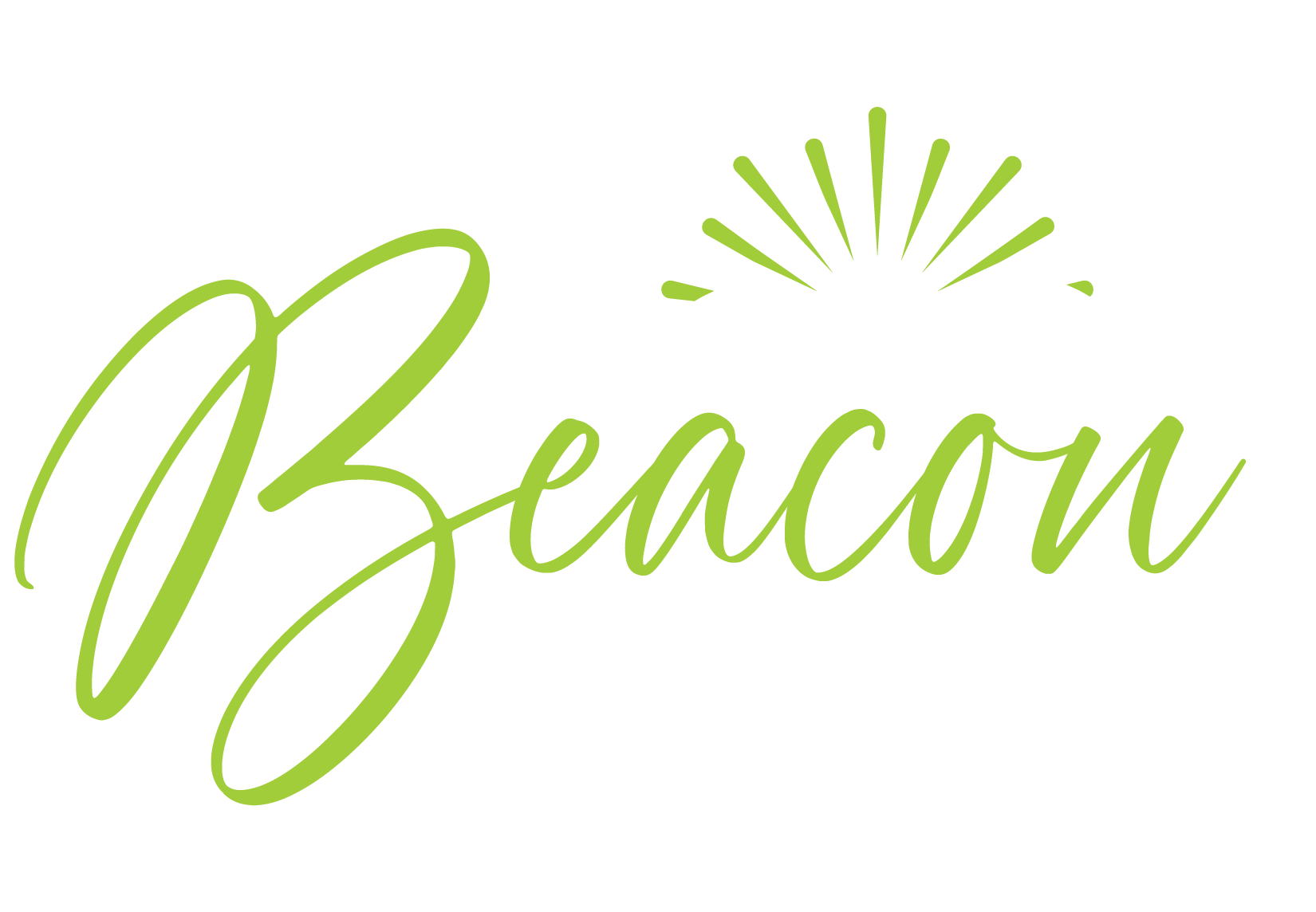By John Halterman Good news for stressed-out clients who own small businesses. The CARES Act offers generous loans, which may even be forgiven, as well as two forms of payroll tax relief and more to help them through closures and slowdowns due to the pandemic. Now that the CARES Act and the Families First Coronavirus Response Act have been passed, it is time to assess the opportunities available to all small business owners. In our companion article published yesterday, we discussed how this legislation impacts individuals. For reference, please click here. Now we are focusing on actions that savvy business owners should be considering right now. 1. Low-interest business loans and potential loan forgiveness available The primary way the CARES Act will help small businesses is through the creation of the Paycheck Protection Program (PPP), which provides cash flow to small businesses through federal loans. The CARES Act expands the allowable uses of 7(a) loans to include “payroll support.” The Paycheck Protection Program provides $349B in 100% federally guaranteed loans and is designed to ensure continued employment of employees through business interruptions. You can view the sample Paycheck Protection Program application here. The possible loan amount must be the lesser of 2.5 average monthly eligible payroll costs or $10M and will cover the period to June 30, 2020, and will make loans available for payroll costs, group health care benefits, paid sick or medical leave, salaries, and insurance premiums. The loan period is from February 15 through June 30, 2020, and the program generally covers businesses with fewer than 500 employees. Borrowers may apply at participating banks and the loans will be forgiven if employment and wage levels are maintained during an eight-week period starting on the loan’s origination date. Loans are allowed up to $100,000 per annual salary of an employee (prorated for the covered period). The SBA has no recourse against any borrower for nonpayment of the loan, unless the borrower has used the loan proceeds for a non-allowable purpose. In addition, the loan can’t duplicate payments already under the Families First Coronavirus Response Act. Loans will be offered at an interest rate of 4%, and there are no origination fees. No personal guarantee or collateral is required and payments for loans under the program will be deferred from six to twelve months including principal, interest and fees. “Good faith” certification is required and must meet the following elements: the loan is necessary, funds will be used to retain workers and maintain payroll, and there are no duplicative amounts in the relief sought. Loan Forgiveness One of the most interesting aspects of this program is the way in which loan principal can be forgiven. Principal can be forgiven in an amount equal to the payroll costs, mortgage interest, rent, and utilities during the eight-week period beginning on the date of the origination of the loan. There are some tricky year-over-year comparisons, however, to ensure that the small business is retaining and paying the workers. The amount of loan forgiveness calculated above is reduced if there is a reduction in the number of the employees or a reduction of greater than 25% in wages paid to employees. Any amounts forgiven will be reduced proportionally by any reduction in the number of employees retained compared to specified prior periods or by the reduction in pay of any employee beyond 25%. For a great and simple explanation of this mildly complicated but very important program (including the forgiveness formula), see this small business guide and checklist from the U.S. Chamber of Commerce, here. Also, as a last resort, don’t forget the SBA Disaster Relief Loan Program, where low interest loans are available to businesses experiencing a business loss related to COVID-19. Special restrictions apply to these loans so do your research to see if this makes sense. Obviously there is some fine print here that must be explored, but the point is that these monies are available to many small business owners. It makes sense to reach out to your banker to see if their bank is participating in the program and what the next steps would be. Also note that indebtedness cancelled will not be included in the borrower’s taxable income. Another bonus. 2. Payroll-tax relief delivered 2 ways The Credit The act creates a refundable payroll tax credit for 50% of wages paid by employers to employees. The credit is available to employers whose: (1) operations were fully or partially suspended due to a COVID-19 shutdown order or (2) gross receipts declined by more than 50% when compared to the same quarter in the prior year. The credit is based on qualified wages paid to the employees. For eligible employers with 100 or fewer full-time employees, all employee wages qualify for the credit whether the employer is open for business or subject to a shut down order. The credit is provided for the first $10,000 of compensation, including health benefits, paid to an eligible employee. The credit is provided for wages paid or incurred from March 13, 2020 through December 31, 2020. The Deferral With the exception of employers who have debt forgiven by the CARES Act for certain loans provided by the SBA (discussed above), employers are also eligible to defer payroll taxes (6.2% Social Security tax on employee wages) from the date of enactment through the end of the year, until the end of 2021 and 2022. More specifically, the 50% of the payroll taxes that would otherwise be due during this period may be deferred until December 31, 2021 and the remaining payroll taxes would be due on December 31, 2022. 3. Self-employed get sick and family-leave tax credits While they don’t get the same sick and family leave benefits available to employees, the Families First Coronavirus Response Act provides self-employed people with two refundable credits tied to the amount of time they can’t work because of the coronavirus outbreak. The sick-leave credit compensates self-employed people for up to 10 days away from their business for coronavirus-related reasons. And the family-leave credit covers up to 50 days away from work for any reason that would qualify an employee for coronavirus family leave. There are limits based on self-employment income, but it behooves any self-employed business owner to be aware of these options. Resources For additional information on all the items discussed above, see this handy summary issued by The U.S. Senate Committee on Small Businesses: https://www.murphy.senate.gov/download/small-business-owner-guide-to-cares For something a little shorter, please see this one-page: CPA Small Business CARES Act Summary. As you can see, there is much relief here for the small business owner. We are here to help in anyway possible. Please do not hesitate to contact us at 304-626-3900. We are more than happy to answer any questions you, a friend, or a family member may have. As always, we greatly appreciate your continued trust and confidence in us. About John John Halterman, best-selling author and nationally published blogger, has been featured as a financial guest expert on the shows of self-help gurus Brian Tracy and Jack Canfield, author of Chicken Soup for the Soul, and has appeared on ABC, FOX, BRAVO, NBC, CBS, and A&E. John is the expert host of the weekly WDTV News 5 segment “Solutions 4 Financial Independence.” As an authority on wealth management, he has been invited by hundreds of institutions such as universities, federal agencies, professional associations, and large energy and utility corporations to be a guest speaker and educational event host. Event topics include retiring ready, managing down market investment risk, how to reduce your tax burden, and transferring your family wealth in the most tax advantageous way. John is the founder and owner of Beacon Wealth Management, specializing in helping entrepreneurs, professional practitioners, and retirees overcome the 5 major challenges facing successful families. He is a warm communicator with a passion for helping people transform their financial futures. John understands the multifaceted set of financial worries people face as they become more successful and enter the Retirement Red Zone. He empathizes personally with each client and delivers a collaborative client experience that empowers people to reach their life goals. With more than two decades of experience, John’s professional credentials include Certified Wealth Strategist, Accredited Investment Fiduciary, Certified Estate Planner, Chartered Federal Employee Benefits Consultant, Professional Plan Consultant, and Registered Financial Consultant. He is also a past member of Ed Slott’s Master Elite IRA Study Group. A native of Weston, West Virginia, John served in the United States Air Force prior to becoming a wealth advisor. Today, he resides with his family in Clarksburg, West Virginia. He and his wife, Lisa, have been married since 2005 and have three amazing children. A family-oriented man, he enjoys giving back to his community, coaching youth sports, landscaping, architectural design, and playing racquetball. #StateoftheMarkets #FinancialMarkets #BWMProcess #BeaconWealthManagement #JohnHalterman #JohnHaltermanofBeaconWealthManagement #SECUREAct #TaxLegislation #TaxTips
Sustainable Retirement Income: Strategies for Smart Withdrawal Planning
Reaching retirement is a milestone worth celebrating—it’s the time to finally enjoy the benefits of all your hard work. However, making sure your savings last requires both a sustainable retirement income plan and smart retirement withdrawal planning. The manner and timing of your withdrawals can have a significant impact on how long your savings will last. At Beacon Wealth Management, we understand the value of strategic withdrawal techniques and are here to help guide you through smart methods to make your savings work for you throughout your retirement.

